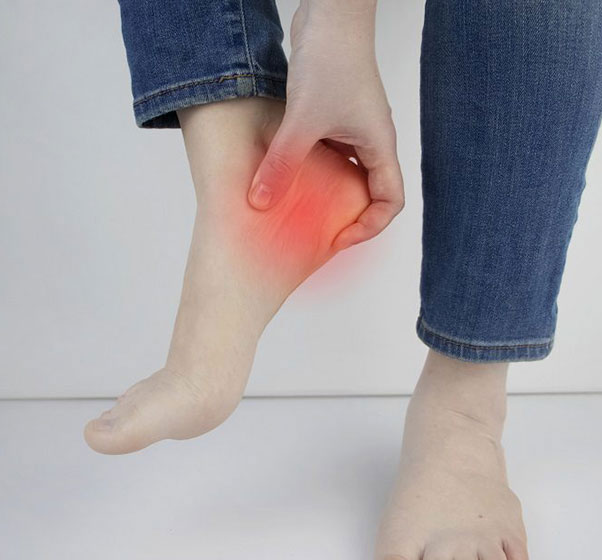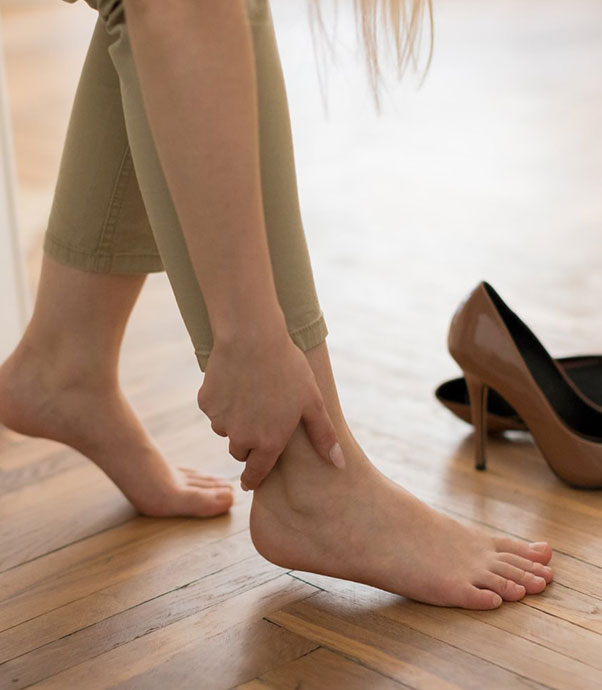01
Heel Pain | Plantar Fasciitis | Heel Spurs
At our clinic, we frequently treat patients experiencing heel pain, commonly caused by plantar fasciitis. Symptoms often include sharp pain upon getting out of bed in the morning, burning or numbness, and increased discomfort by the end of the day. This condition is typically the result of tension in the plantar fascia, a ligament that supports the arch of the foot. When at rest, the ligament contracts, and upon walking, it stretches and may develop small tears, leading to pain. Heel pain can also result from factors such as trauma, overuse, poorly fitting footwear, or improper foot alignment.




